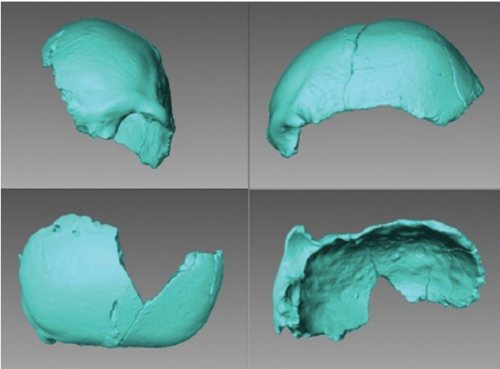theolduvaigorge:Late Pleistocene age and archaeological context for the hominin calvaria from GvJm-2
theolduvaigorge:Late Pleistocene age and archaeological context for the hominin calvaria from GvJm-22 (Lukenya Hill, Kenya)by Christian A. Tryon, Isabelle Crevecoeur, J. Tyler Faith, Ravid Ekshtain, Joelle Nivens, David Patterson, Emma N. Mbua and Fred Spoor“Kenya National Museums Lukenya Hill Hominid 1 (KNM-LH 1) is a Homo sapiens partial calvaria from site GvJm-22 at Lukenya Hill,Kenya, associated with Later Stone Age (LSA) archaeological de-posits. KNM-LH 1 is securely dated to the Late Pleistocene, and samples a time and region important for understanding the origins of modern human diversity. A revised chronology based on 26 accelerator mass spectrometry radiocarbon dates on ostrich egg-shells indicates an age range of 23,576–22,887 y B.P. for KNM-LH1, confirming prior attribution to the Last Glacial Maximum. Additional dates extend the maximum age for archaeological deposits at GvJm-22 to >46,000 y B.P. (>46 kya). These dates are consistent with new analyses identifying both Middle Stone Age and LSA lithic technologies at the site, making GvJm-22 a rare eastern African record of major human behavioral shifts during the Late Pleistocene.Comparative morphometric analyses of the KNM-LH 1 cranium document the temporal and spatial complexity of early modern human morphological variability. Features of cranial shape distinguish KNM-LH 1 and other Middle and Late Pleistocene African fossils from crania of recent Africans and samples from Holocene LSA andEuropean Upper Paleolithic sites” (read more/open access).***I think you were correct about my whereabouts, alphacaeli(Open access source: PNAS, in press 2015 via Academia.edu) -- source link
Tumblr Blog : theolduvaigorge.tumblr.com
#archaeology anthropology

